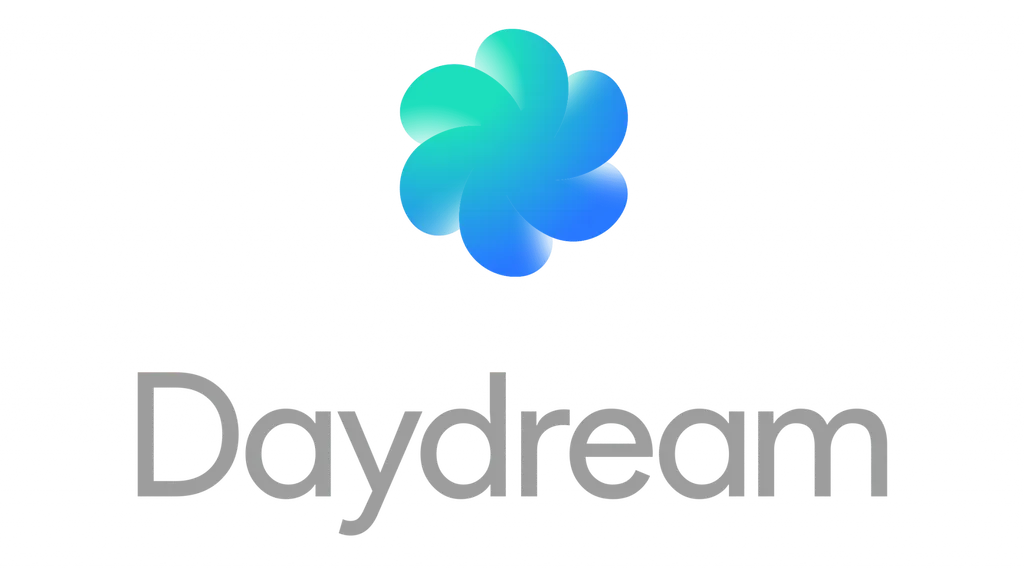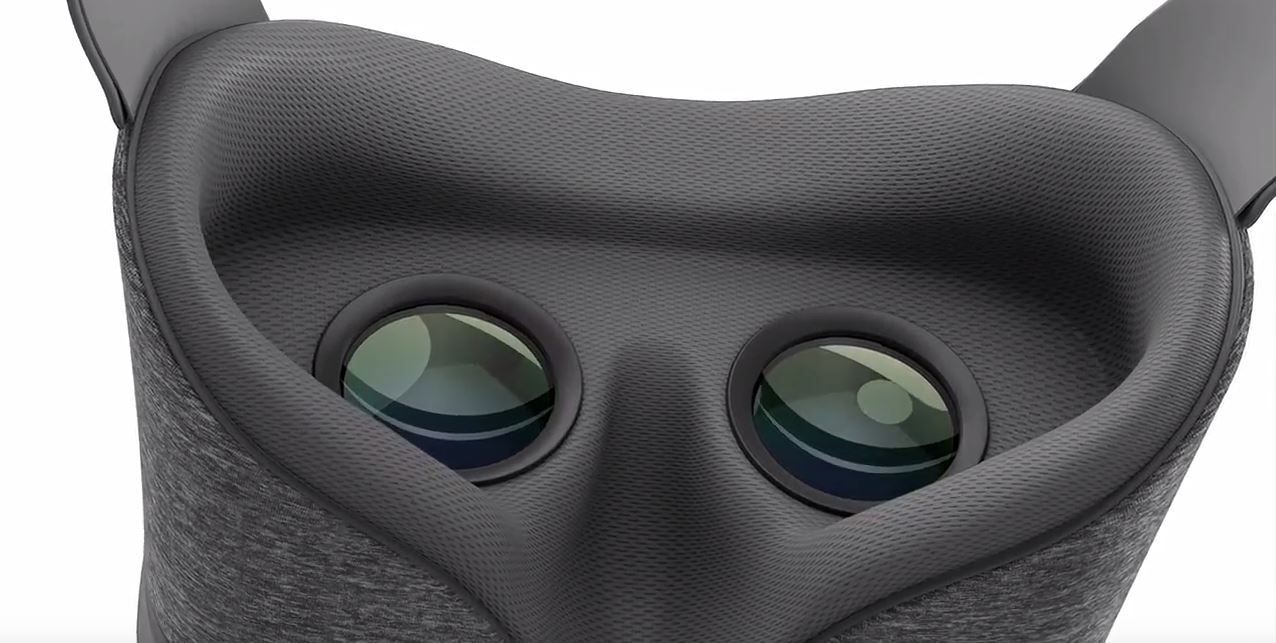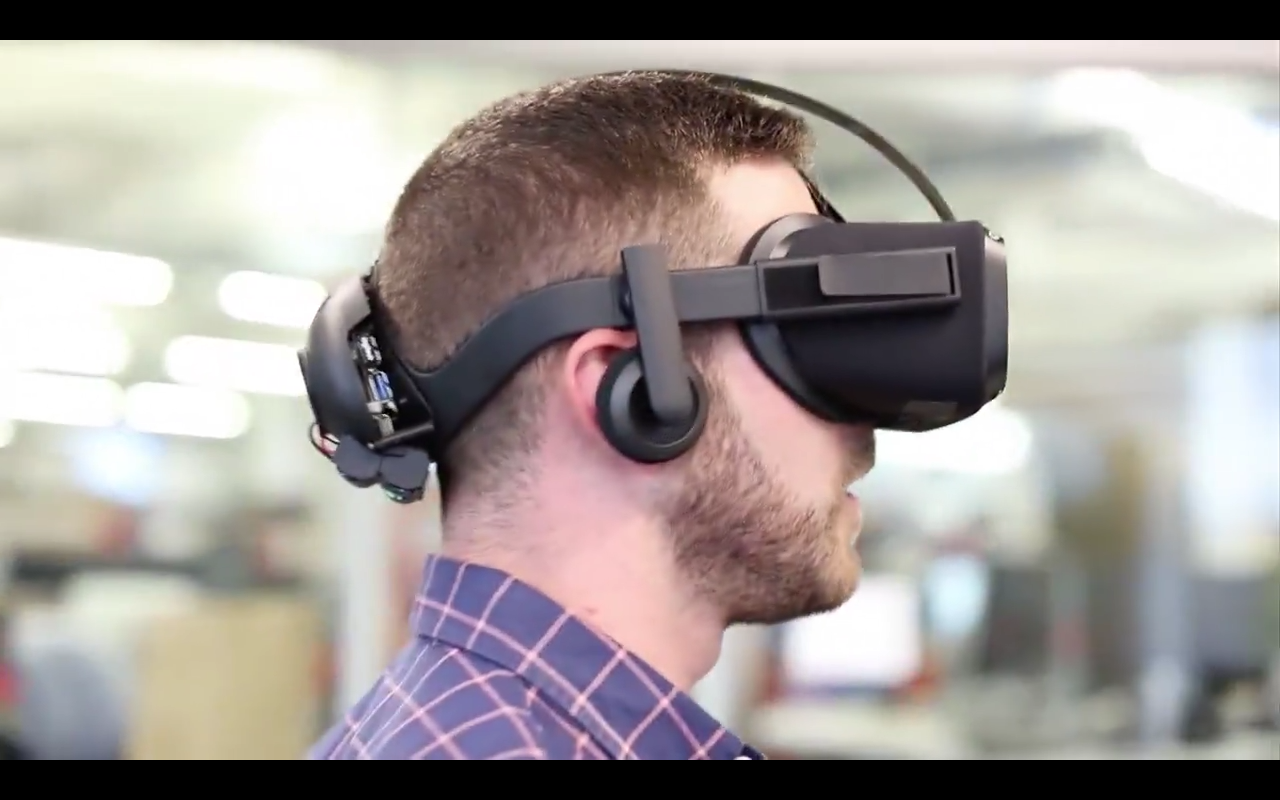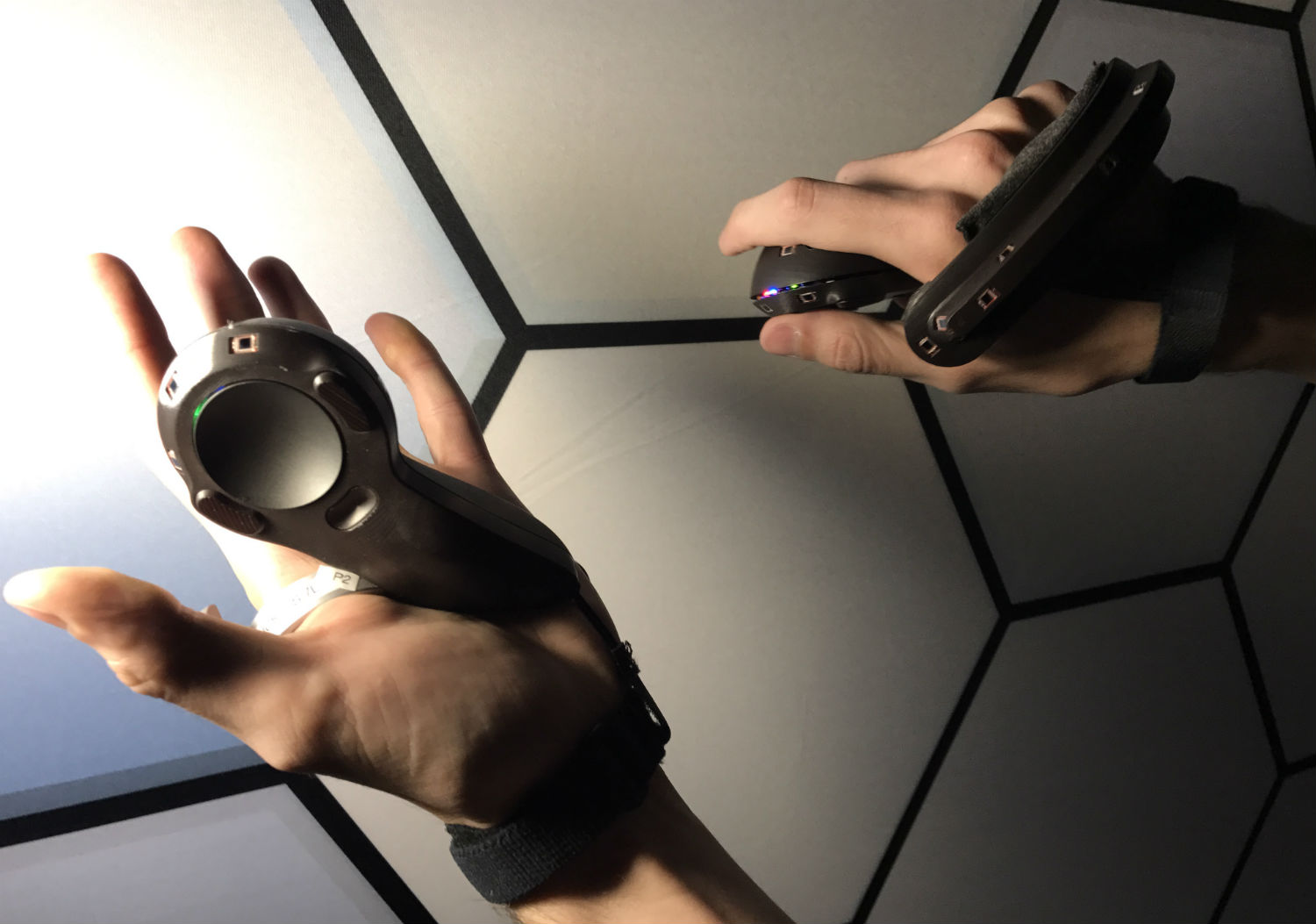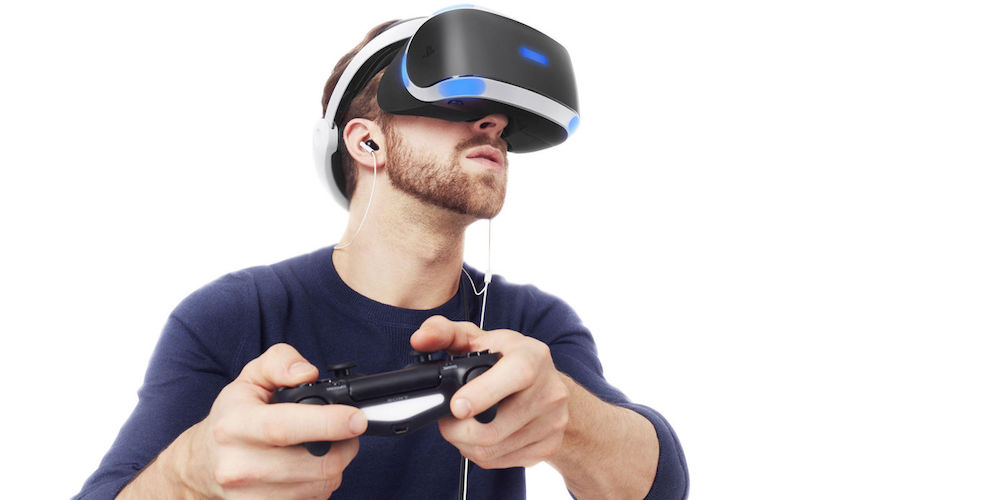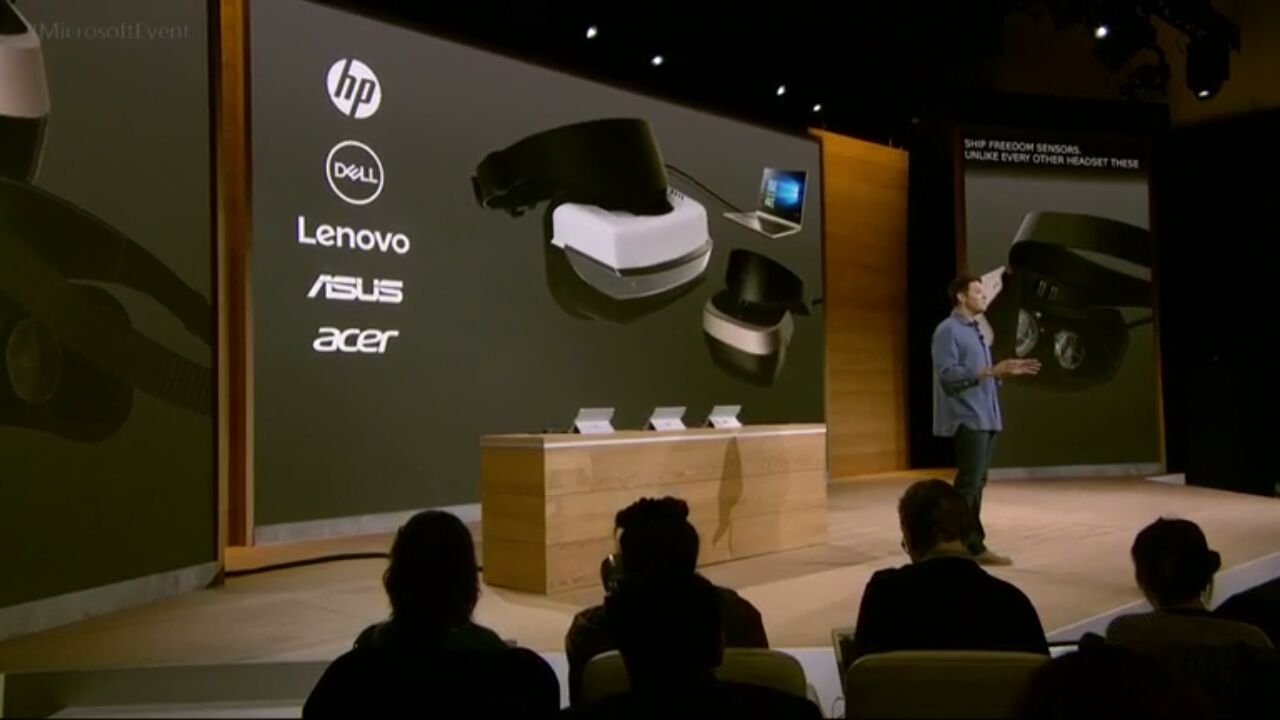I don’t know about you, but I am exhausted. At the speed VR is moving, there’s no such thing as a quiet month, but October in particular has been malicious. We’ve had big events from practically every major headset maker with announcements that mean big things for both the short and long-term futures.
So what was the biggest announcement of the last 30 days? Let’s take a look.
Google Daydream Is Weeks Away
Until now, Gear VR has been the only word in high-end mobile VR, but that will be changing in a matter of days. Daydream, Google’s mobile VR ecosystem for Android, is almost here. The first headset, Daydream View, hits in November, with the first compatible handset, the Pixel and Pixel XL already available. Heading into 2017 you can be sure that Daydream is going to play a huge role in the mobile VR ecosystem as more phones and headsets are added to the list. In the long run, this could be one of the most significant launches for VR so far.
Oculus Touch Is Here In December, Standalone Inside-Out Headset Coming
Oculus’ Connect conference was packed with news, but the two biggest headlines were the date and price for its Touch controllers (launching in December for $199), and the reveal of its standalone headset prototype, Santa Cruz, with inside-out tracking. Touch is going to be big for the Rift in both the short and long term, but the prototype for untethered VR is going to be even bigger in the years to come.
Valve Has Some Exciting New Controllers In The Works
Just a week after Google and Oculus shared their news, Valve was ready to show something new for SteamVR. Its Steam Dev Days event played host to the reveal of prototype Vive controllers, that allow you to simulate actually picking up an object with your fingers, rather than simply pulling a trigger to grab something.
Gear VR’s Latest Compatible Phone Is No More
It wasn’t all sunshine and rainbows for VR this month. Samsung’s anticipated new smartphone, the Galaxy Note 7, ended up being a disaster for the company. Reports of exploding phones lead to an unfortunate worldwide recall but when those problems persisted Samsung called it quits entirely. That means what was meant to be the latest and greatest handset for Gear VR actually ended up not really existing at all. Oh well, there’s always the S8.
PlayStation VR Is Finally Here
It’s hard to believe but all three major VR headsets are now available for you to buy. It’s a moment we’ve only dreamed of for many years but it became a reality in mid-October when PlayStation VR finally launched. As far as headset releases go, it was reassuringly non-disastrous with solid reviews, plenty of units, and early hints at strong sales. With these three out, 2017 is going to be the first major year of consumer VR.
Microsoft Is Bringing Inside-Out Tracking To PCs Soon
Microsoft couldn’t let October go without one more major announcement. Surprising everyone, the company announced partnerships with the likes of Lenovo, Dell, and Acer to bring new headsets to PC, starting at $299 and boasting inside-out tracking. Obviously wires will limit the impact of those tracking solutions, but it could be a big step forward for PC-based VR. Of course, we haven’t actually used these headsets yet, so they could also be underwhelming.
–
It’s tough to pick which of these will prove to be the most significant piece of news in the long-run, though it’s probably safe to say the Note 7 mishap will go down as a footnote in the history of the Gear VR. Personally, I’m probably most excited about the prospect of the new SteamVR controllers, though these too might just be another step on the road to something much bigger. PlayStation VR has had a great start and might be the most popular headset for the foreseeable future, but the answer might lie further beyond.
In all likelihood, the answer is probably a three-way tie under one subject; inside-out tracking. Microsoft sounds like it will be first to market with this essential new means of user-tracking, giving us a first taste of simpler, more liberating VR. Oculus won’t make any compromises in its eventual release of a standalone headset, making it one of the more promising solutions on the horizon. Daydream, meanwhile, might not feature a solution right now, but with Google Tango 3D scanning also seeing its first consumer release in a phone soon, that is likely in the works as well.

